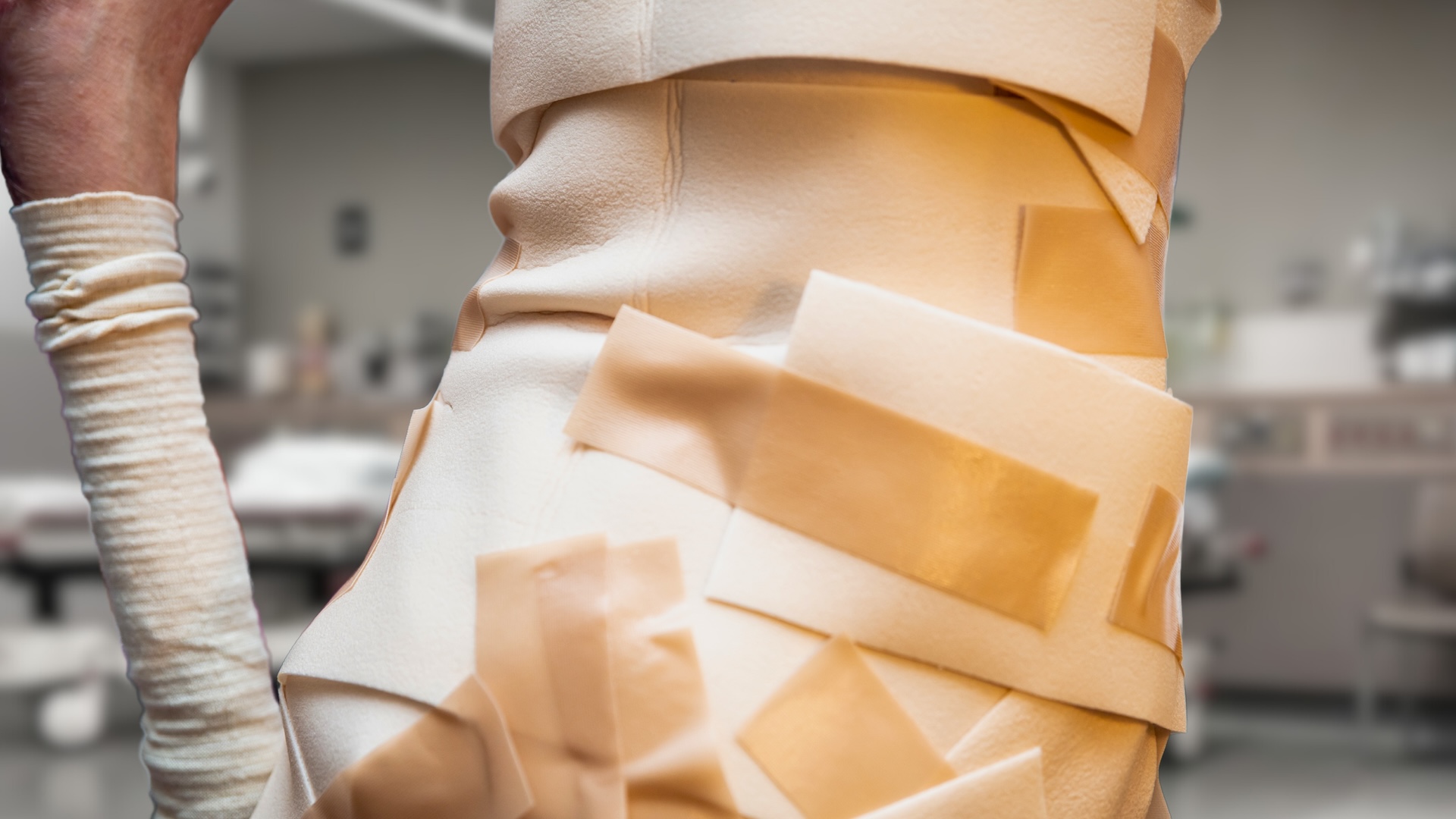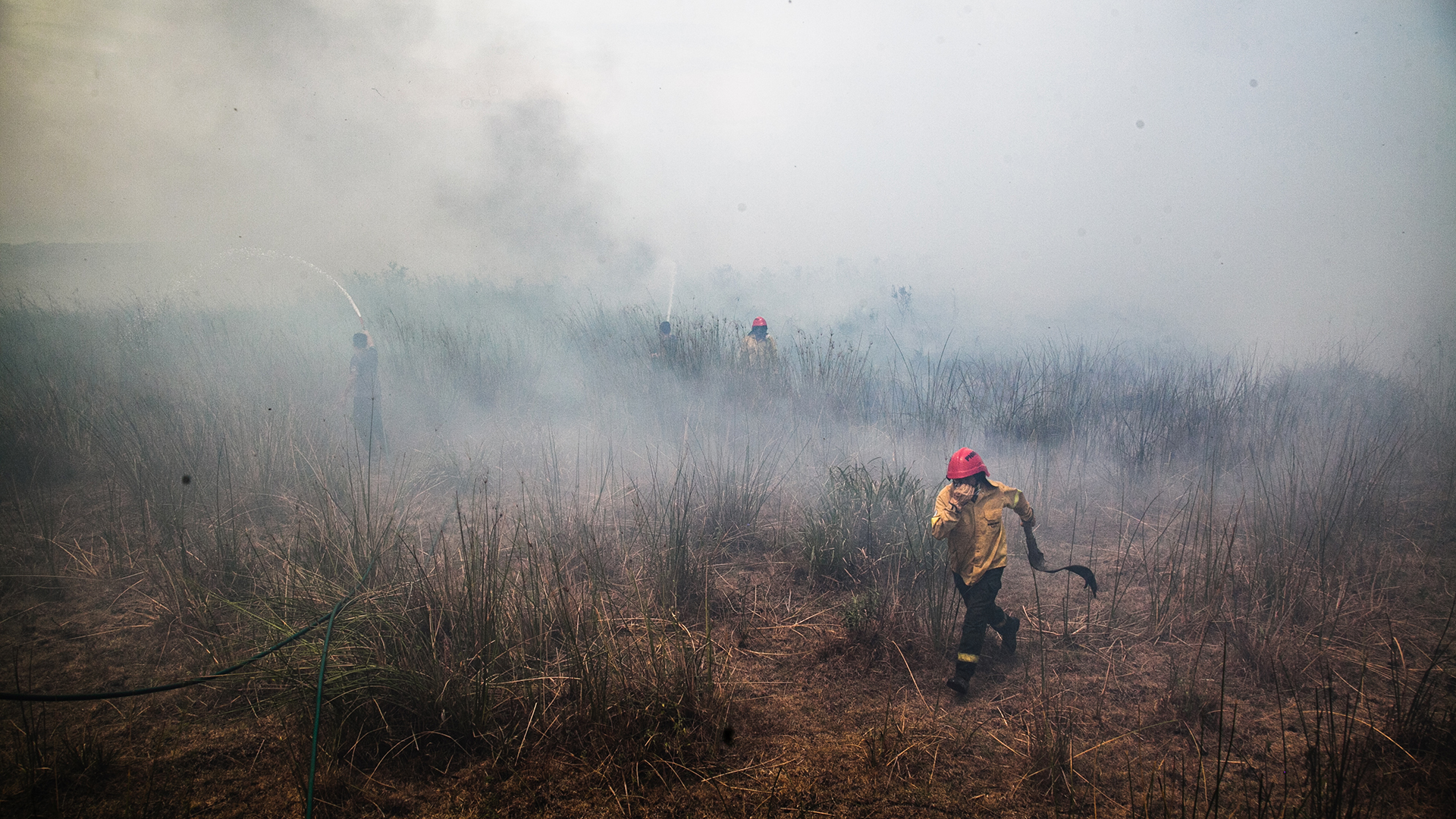Aerospace, Vol. 11, Pages 954: Design and Verification of Continuous Tube Forming Process Parameters for PEEK-Based Rod Aimed at Space Manufacturing Applications
Aerospace doi: 10.3390/aerospace11110954
Authors: Peng Li Shuai Tian Yingjia Duan Jiayong Yan Lixin Zhang
To meet the in-orbit construction needs of super-large spacecraft for ultra-long rod structures, this paper proposes an innovative on-orbit roll forming method for polyetheretherketone (PEEK)-based rod stock. This method ingeniously integrates temperature gradient control into a continuous deformation surface cavity design to achieve an efficient forming of resin rod components. A parametric model of the forming die cavity was established based on the comprehensive bending and downhill methods, and the boundary conditions for the temperature distribution gradient within the cavity were determined. Through the simulation and analysis of the PEEK rod curling and stitching forming process, the influence of the cavity configuration parameters on the forming load was determined. By constructing a test platform for the roll forming characteristics of resin rod components, the effects of different forming methods, stitching temperatures, and feed rates on forming quality and load were verified, and the main factors affecting the width of the welding zone, the roundness of the rod, and the straightness of the weld were analyzed. Experimental results show that the proposed continuous roll forming scheme can achieve an efficient and continuous forming of resin rod structures. When the length of the member is processed to 300 mm, at a formed rod diameter of 20 mm, by employing a cavity deformation zone length of 210 mm, a cavity clearance of 0.1 mm, a sheet width of 61 mm, a feed rate of 1 mm/s, and a sealing zone temperature setting of 335 °C, optimal rod forming quality can be achieved, characterized by a straightness error of 0.0133 ± 0.005 mm and a roundness error of 0.19 ± 0.07 mm. The proposal of this scheme provides a reliable basis for the continuous manufacturing of rod structures in the on-orbit construction of large space structures in terms of both the scheme and the parameter selection.

 1 day ago
20
1 day ago
20


